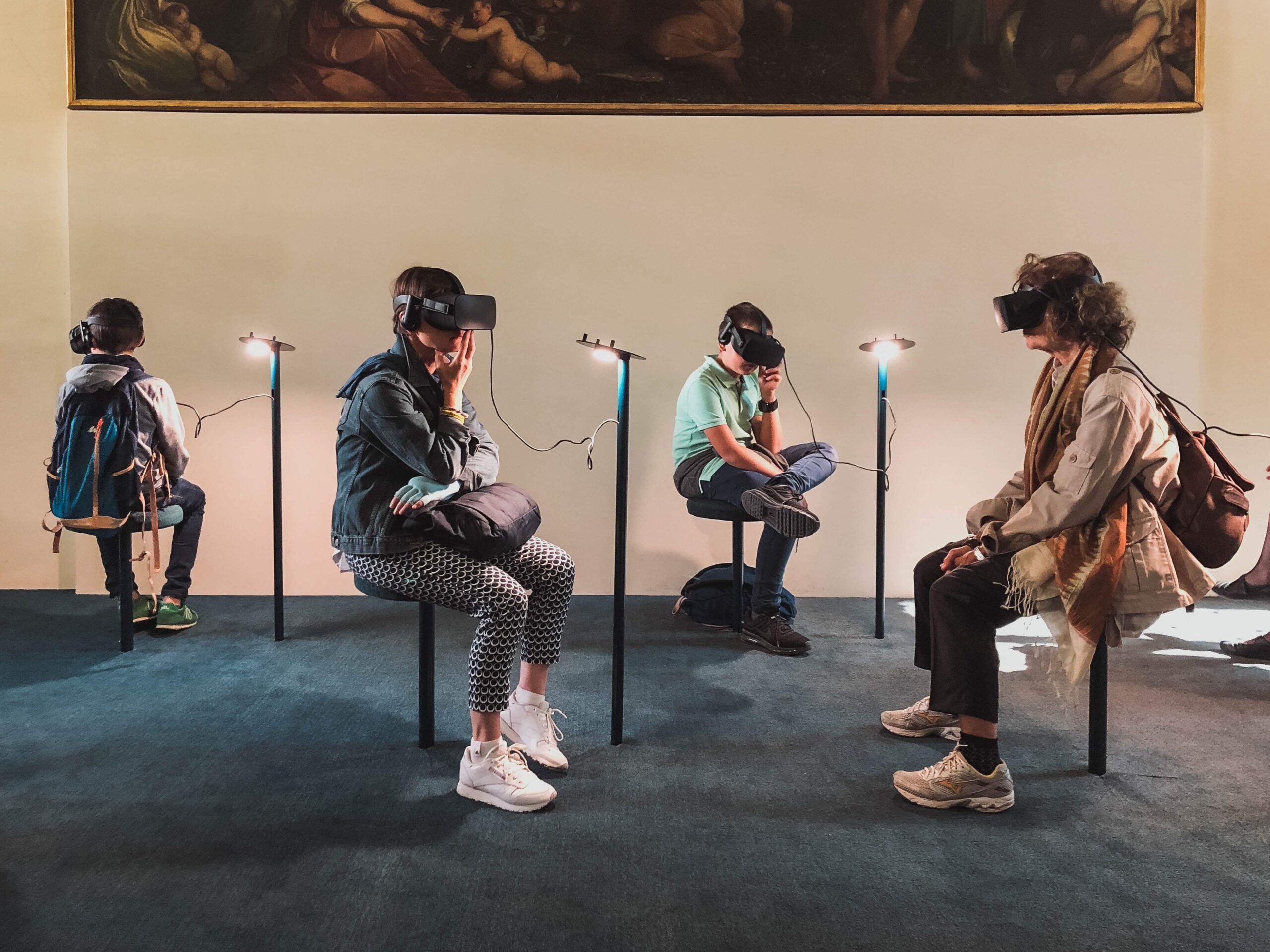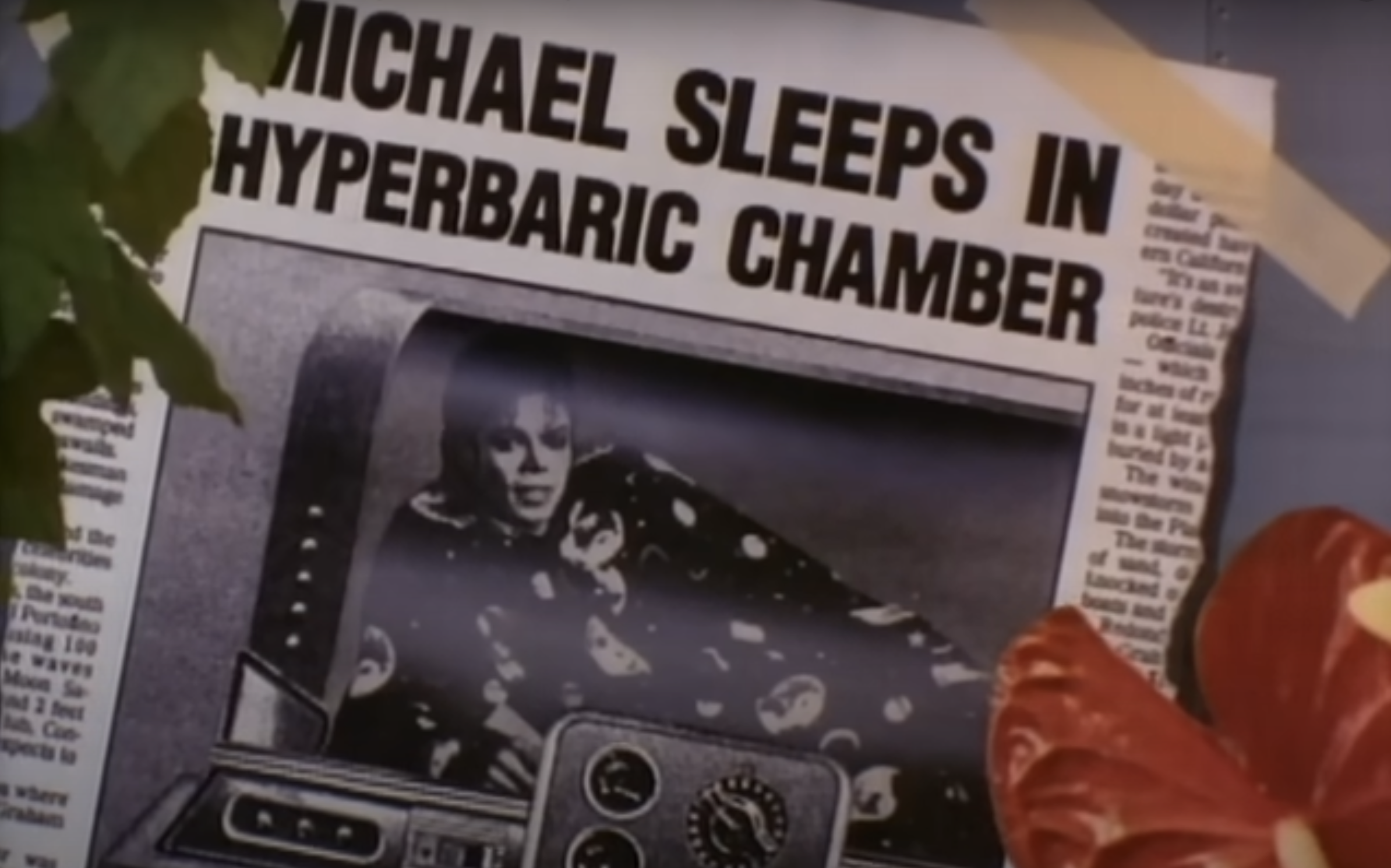Virtual Reality – A New Way to tell Stories in Journalism
A girl is singing in the streets of a bustling city. She is surrounded by countless people talking and loaded with shopping bags. A pickup truck in a side street tries to enforce his right of way. The everyday scene is peaceful, until a loud bang leaves a whistling noise in the ears, the sight fogged by dust and wreckage. We, the viewers, are standing in the middle of it and intuitively have the urge to run and hide behind the next corner.
“War Seems Far Away – Till You Experience It Yourself “
What sounds like a nightmare is the terrifying reality in many places of the world. The pictured scene is pulled out of the Syrian Civil war and actually happened like this. The American company Emblematic Group reconstructed the scene on the basis of original photo and video records. Via Oculus Rift, everyone can share the event now. “War seems far away”, says Emblematic-Group-Founder Nonny De La Peña, “till you experience it yourself.”
“Project Syria” is a video game that transports the participants into the Syrian Civil War in Aleppo and into a refugee camp. The goal is to open people’s eyes and show what would otherwise be difficult to communicate through reports and photos. This is emblematic for a new form of journalism that opens up new doors for storytelling through Virtual Reality (VR). For example, the video shows how VR creates new worlds, in which the viewers don’t stay passive, but rather find themselves in the very center of the story. Being a part of the plot, they witness the events with all their senses. In the case of “Project Syria “, the intense experience should help to understand what it means to be in the middle of the Syrian Civil War. This can lead to more understanding for the people who are trying to escape the horrors.

Getting Lost in the Story Through 360°- Videos
The expectations for the new technology are high: A study of Goldman Sachs concludes that by 2025 the market for VR will be bigger than TV. So far, the technology is primarily known in the gaming industry and associated with computer games and entertainment. VR is also used for advertising, giving the customer an immersive brand experience. More and more frequently, media organizations use the possibility to transport their viewers and readers into another world. A German news outlet presents selected reports in VR. They take us to a surgery, to the race track Nürburgring or to the Favelas in Rio de Janeiro. ZDF, a German public-service television broadcaster, doesn’t want to miss the trend either and offers a big selection of videos with 360°-perspective as a separate subcategory.
360°-Videos are considered an entry technology to Virtual Reality. With relatively little investment, they can be watched on everyday technical devices like laptops and smartphones. Suitable cameras are available at a cost of only a few hundred euros. Integration on the website is comparatively easy. YouTube also allows the upload of such videos, which can not only be watched with the smartphone or computer, but with a VR headset as well.
Panorama Videos are Just the Beginning
No matter how impressive 360°-videos are, they are but a little preview to what is possible. With VR, the target group doesn’t stay passive but can determine the story and interact with what is shown. Even abstract circumstances can be presented vividly, as proven by the project of the Emblematic Group for the Wall Street Journal. The reader interacts with current stock market values of the Dow Jones and moves them in a virtual space. Classic forms of presentation like charts are edited in a perceptible way like this.
Road construction projects and their effects are often hard to picture. That’s probably what the RBB thought too when they provided a virtual tour to a planned extension of a highway construction site.
New Challenges for the Journalistic Work
Another benefit of VR: it’s not only possible to travel into a (simulated) future or foreign countries, also the past can be relived. A German radio station carries history-minded people to a Stasi prison. The journey is substantiated by original audio recordings. Every once in a while, the experience is interrupted on purpose to journalistically classify the information. This manifests the challenges of new editorial storytelling with VR: the objective claim of truth that inhabits media is put to a test. “Project Syria” is also based on original audio and video recordings. Through simulated spatial presentation and reconstruction of the storyline, the boundaries between documentation and fiction blur. Media organizations are challenged to classify what is shown if needed. It’s the only way to master the balance between a journalistic product and entertaining technology.

Conclusion: VR-Journalism is still in its Infancy
Even if the application of VR in journalism is still bounded to high financial and technical expenses, the new possibilities for storytelling present a great opportunity. Decreasing newspaper circulation and, thanks to the internet, increasing alternatives to established media outlets, concludes to the challenge – to stand out of the crowd with new ways of storytelling and high-quality content. The use of the new technology still has an experimental nature and is rather an exception to the norm, but the potential is there. We should be excited about new innovative stories and interactive reports – in the case of VR in journalism we are at the very beginning. Future projects will have to test the possible forms and ways of narration as well as their limits, until they will find broad usage. The first projects with 360°-videos and interactive reports are just a taste of what’s to come.
Share this article
Related articles

8 April 2025







